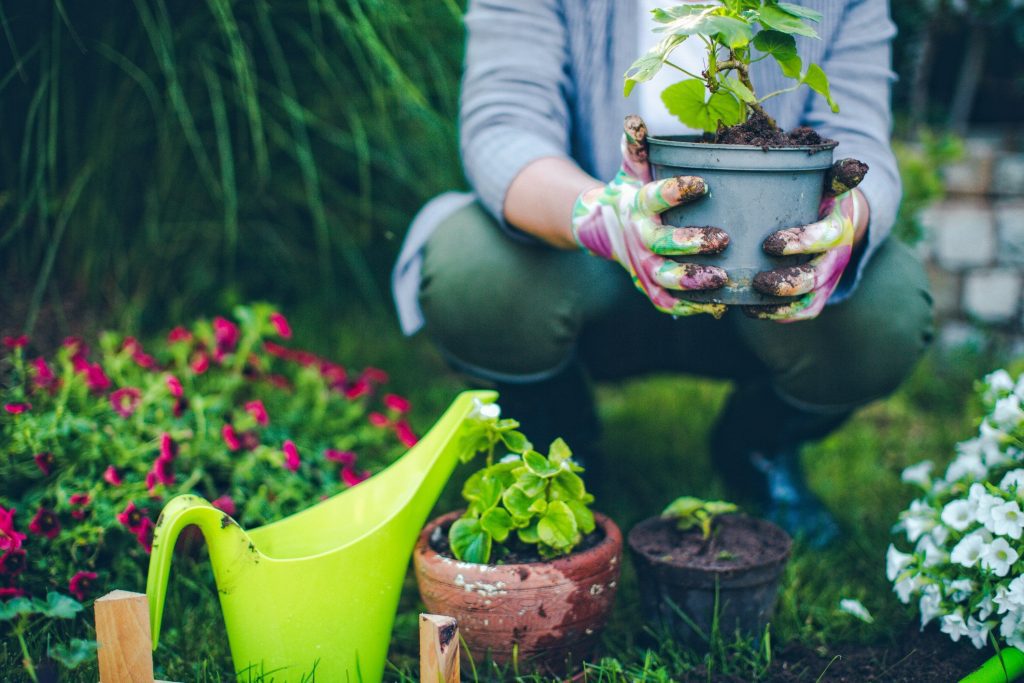Curious about how to create a more beautiful landscape and avoid common design blunders? Our team at Corken + Company felt this list would be helpful for whatever garden you dream of designing this year. Whether you’re planning a formal garden in the Northeast, or drought-tolerant display in the Southwest, the same design considerations apply. Here’s how you can avoid making the most common garden design mistakes before even starting your project.
Even Numbers of Plants:
While natural things often come in pairs, it’s better not to pair up plants. Using odd numbers keeps the eyes moving across the field of vision and gives your landscape a more natural, dynamic feel. Avoid awkward-looking symmetry by placing groupings of plants in odd numbers from 3-11 and avoid planting them in overly straight lines. Anything past 11 tends to be too much for the eye.
Clashing Colors:
A majority of the time, our goals are to have colorful gardens. But if we’re not careful, the colors may begin to clash with other plants, causing the whole effect to become overwhelming to the eye. This can happen when someone really loves bright colors; for example, a bright yellow house with bright yellow flowers everywhere. To remedy clashing colors, choose flowers that stand out against their backdrop such as yellow, white, and orange flowers in front of dark houses and blue, purple, and red flowers in front of lighter colored houses.
Mismatched Garden Style:
Not paying attention to the architectural design of a house or other buildings around your garden is a major blunder. For example, a renovated Victorian style home with its classical style and bold character can look out of place and overbearing paired with the clean design of a modern style garden. Likewise, the smooth lines and angular form of most modern and contemporary-style homes would be overpowered by large, showy flowers. To save yourself the time of remodeling the garden, it’s best to keep the style of your garden, in unison with the style of your home.
Empty Beds:
Another common mistake in garden design is making plants unnaturally spaced out in mostly empty planting beds, surrounded by mulch. The idea is that these landscapes look to be “low maintenance.” However, they’re quite the opposite because weeds will eagerly try to fill in the gaps all the time. Plus, mulch gardens aren’t the prettiest thing to look at. A more natural and fully planted design would not only look better, but require less frequent weeding.
Not Following a Plan:
Over the years, gardeners can end up with a mix of various plants that don’t really go well together. To avoid this garden design mistake, it’s important to create a plan and stick with it throughout your gardening season. This plan should be consistent across the entire field of vision, meaning the look of the garden should flow, no matter what angle your viewing it from.
Contributions From:
https://www.bhg.com/gardening/design/garden-design-mistakes/





